This seems like a question which has been asked multiple times on forums. I researched the problem but I still was unable to figure out the answer which I can at least intuitively understand. So in this simple circuit why is there no current leakage to earth? Assume that it is a true earth ground connection (a rod in the earth for example).
Update: I am giving researched answers below, but not as the only options. I am not satisfied with any of them, and give my explanation as to why. So I am hoping for either an elaboration or an alternative answer.

simulate this circuit – Schematic created using CircuitLab
The answers I have found:-
Here With only one connection to ground there is no circuit for the current to flow through. It can't flow "to" ground, because there is nowhere for it to flow to. There's no difference between ground and a wire dangling in the breeze. However for current to flow there must be potential difference. And because the ground and the battery return has the same potential - why would current prefer to flow specifically to the return point. Especially taken into account that earth can absorb all electrons generated by the battery (on contrary for example to just piece of wire).
Here The ground isn't a great conductor and while it is in parallel with the service, the amount of current returning through the ground is so small it is effectively zero - Firstly this answer implies that there's some leakage occurs which just depends on earth resistance. Also I do not understand which resistance is taken into account. Where it is measured? I think also the answer relates to the several connection of the circuit to the ground.
So anyone can give real physical explanation of this?
